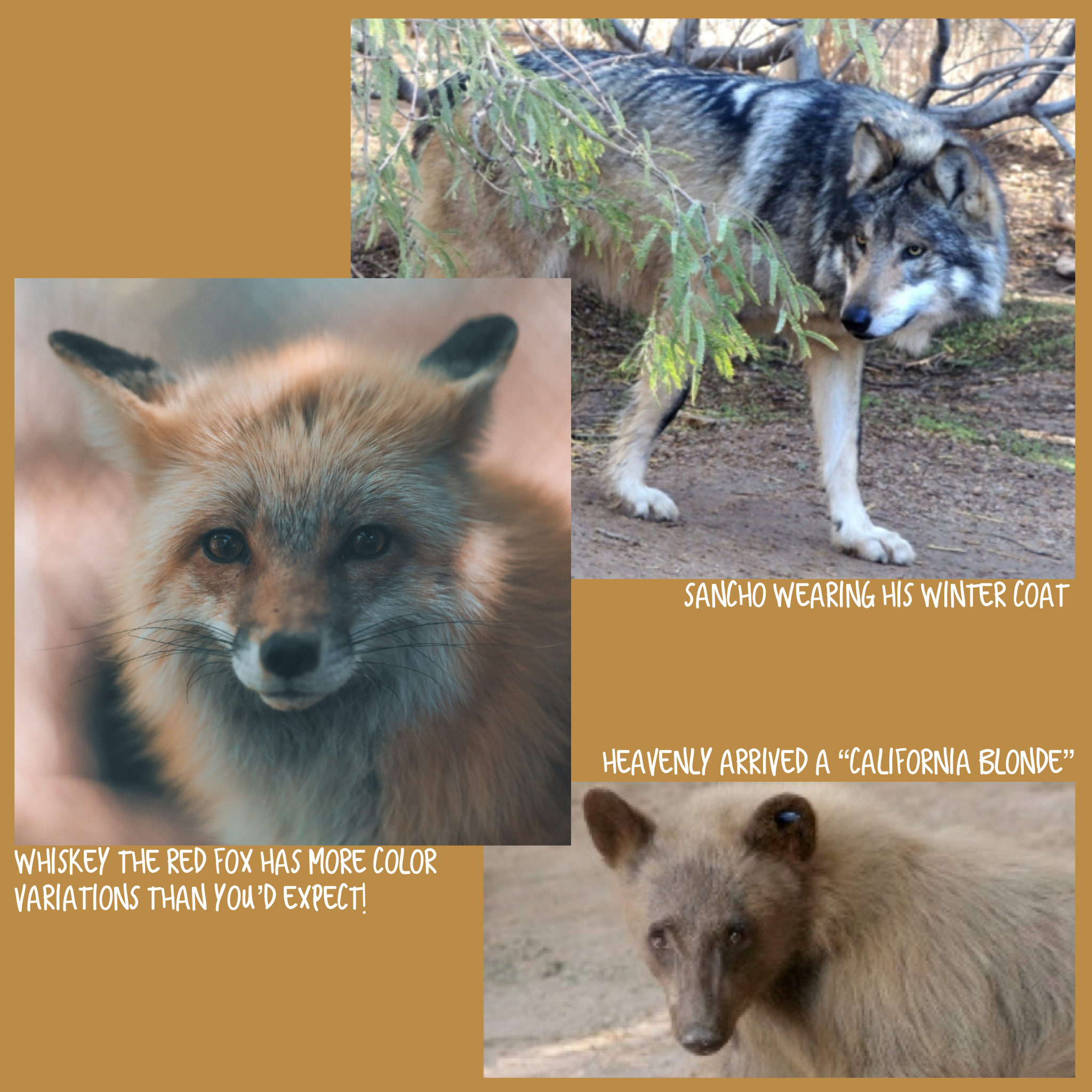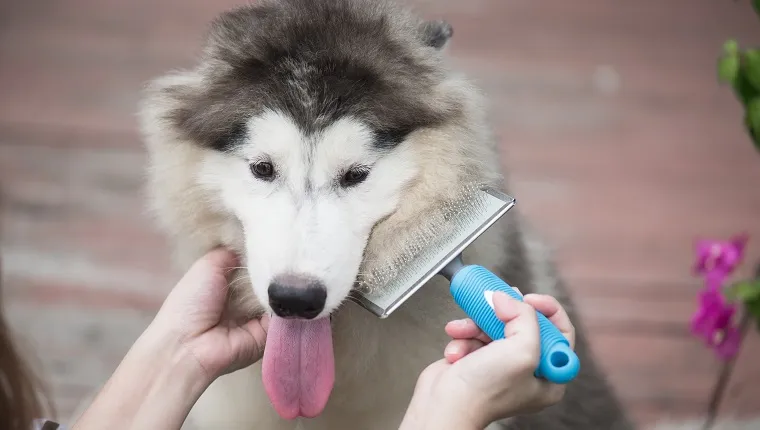Dog Hair vs Fur: Difference and Comparison
Table Of Content
Longer growth cycles of a dog\’s coat mean they will shed less. Double-coated dogs will have longer exogen phases during the summer to prepare them for insulation during the cold winter. For one, the texture of pet fur is different from the texture of human hair. Both labrador retrievers and Australian cattle dogs have fur rather than hair. A dog with fur might have a double coat, like the Pomeranian.
Spina Bifida in Dogs: Symptoms, Causes, & Treatments
Shedding can be reduced inside by brushing your dog daily outside several times a week. So in humans, hair will stop growing after the cycle runs through each phase. It’s just that the cycle in you as a human is longer than, say, Fido’s hair growth cycle. As you can see from my article, there are important differences between dog fur and hair. Well, both dogs with hair and fur have the same growth phases.
Poodle Dog Breed
A professional can advise you on what’s best for your furry friend’s coat condition. Your dog’s coat type tells you how much to brush, comb or bathe it. Her lifestyle — couch potato or a canine athlete — dictates the rest. No matter your dog’s fur type, we’ve got tips that help with all dogs. We gathered up some professional groomers and got them to spill their secrets to help make your dog the envy of the dog park. Whether their reason is to have a low-shedding breed or to find a dog that has less of an impact on dog hair allergies, these breeds are in high demand.
Grooming
The 6 best pet hair removers that experts recommend using in 2024 - New York Post
The 6 best pet hair removers that experts recommend using in 2024.
Posted: Wed, 24 Jan 2024 08:00:00 GMT [source]
Dogs come in all shapes and sizes with a variety of coat types. While we might commonly refer to all dog coats as “fur,” there is a big difference between the hair on your average golden retriever and the fur on a majestic Siberian husky. Dog hair and dog fur are both made from keratin and may appear very similar to the untrained eye. However, when discussing hair vs fur dogs, as we’ve seen, there are in fact several differences between the two. The German Shepherd is another large-size dog with a medium-length double coat. This breed has a soft undercoat and a harsh, dense outer coat of fur.
Dogs and Fur: A Fine Distinction
Dogs with fur have more hair follicles, and this is why fur is often thick and tightly packed together. However, there are some key differences between dog hair vs dog fur. If you have dog allergies, you may be interested to learn why dogs with hair instead of fur are better for allergy sufferers. Curly coats—also known as wavy coats—are characterized by those adorable curl patterns.
Your Dog’s Fur & Hair 101: Care Guide, Types, Facts, & More
Breeds with a double coat often have a soft undercoat and a top layer of guard hair. Depending on the breed, the top layer may be long, straight, wiry, fluffy, or curly. All dogs are adorable, whether they have soft fluffy coats or long straight hair. Hence, if you have dog allergies, it’s important to know the difference between the two.

But there are subtle distinctions between the two, primarily in their usage and specific characteristics. Dogs with hair exhibit consistent shedding throughout the year, while those adorned with fur shed seasonally, with heavier shedding during spring and fall. This difference in shedding patterns significantly impacts the maintenance and care of a dog’s coat. For individuals prone to allergies, the quest for a hypoallergenic dog breed offers a beacon of hope.
Wire Coats
However, dogs with a long hair-growing cycle don’t shed often and are less likely to trigger allergy symptoms. Dogs with a fur undercoat generally shed more and will not be the best pet for people with allergies. As working sled dogs, their dense double coat is built to protect them in harsh temperatures. It may be tempting to shave your Malamute’s undercoat, but doing so will make shedding worse. This breed requires regular brushing and de-shedding to keep their fluffy fur coats under control.
Each is made up of keratin, and each grows out of hair follicles. Hair and fur both grow out of the hair follicles of mammals. Apart from humans and dogs, elephants, whales, pigs, sloths, platypus, anteaters have hair instead of fur. Siberian Huskies are those fluffy wolf-like dogs with piercing blue eyes and buckets of energy. This breed has a dense double coat and is known to be one of the heaviest-shedding canines.

This diversity reflects the varied environments that dogs have adapted to over centuries. Like people, dogs are born with simple hair follicles that develop into compound follicles. In short, it means that each follicle contains one central hair surrounded by three to 15 smaller hairs which all come from the same pore.
Dogs with fur typically shed more often because their fur goes through the hair growth cycle more quickly. Additionally, dogs with fur often have a double coat, consisting of a guard coat and an undercoat. The guard coat is made up of longer, coarser hairs that protect the dog from the elements, while the undercoat is composed of shorter, finer hairs that provide insulation.
Using a conditioner is a great way to restore moisture to your pet's coat. With numerous options available in the market, our preferred choice is Hepper's Pet Conditioner. This conditioner has a pH-balanced formula, is coconut-based, vet-recommended, and free from harsh chemicals and additives. It has a mild fragrance of cucumber and aloe, which makes it a suitable option for pets with sensitivities and also smells great for pet owners. Fur usually sheds more easily than hair for that reason, and the coat doesn’t trap the fur that sheds as much as a coat of hair would. So you’ll probably be cleaning more of it off of your clothes and furniture, especially during seasonal changes when a new coat comes in.
All dogs need a balanced diet that includes protein, fat, carbohydrates, vitamins, and minerals. As opposed to fur, dog hair is regarded as hypoallergenic, but still, a lot of people are allergic to it. If you are not sure about your allergies, we strongly recommend you consult with a doctor. Finally, you can also tell by noticing if your dog is shedding. Dogs with fur release their undercoat and re- grow it depending on the seasons. The surest way to tell if your dog has fur or hair, is to tell by their breed.
Hair goes through longer growth cycles, which can result in less frequent shedding. According to Bishop-Jenkins, the longest telogen (or resting) phase occurs in dogs with medium-length fur coats, much like wild wolves. This is why these types of coats do not grow back well (if at all), if they are cut, since the undercoat grows in and falls out more quickly. Regular brushing and grooming is important for dogs with hair or fur to prevent matting and clumping—though maybe not by someone with allergies.
The coat of dogs with fur traps the dander and saliva less, and these breeds are generally shed more often. The result, of course, will be that the compounds that cause the problem will cause allergic reactions in the pet parents. The great hypoallergenic debate tends to be a hair-versus-fur battle, but on a chemical level, fur and hair are actually the same! The biggest difference between hair and fur is how it grows, the length it grows, and the coat life cycle. This is because their fur has a thick undercoat that sheds according to the temperature and season. This is because their hair is more like ours and grows, which means they need hair cuts.
These include breeds like Alaskan Malamutes and Cavalier King Charles Spaniels. The outercoat has three fully-formed layers (cuticle, cortex, and medulla), while the undercoat may only have a cuticle and cortex. The outercoat’s hairs are longer and stronger than those in the undercoat. The weaker undercoat hairs grow in and fall out many times a year, often seasonally. Outercoat hairs grow very slowly; there can be long periods during which they may not grow at all. There is a difference between fur and hair, but the way it affects allergies may not be what you’d expect.
Comments
Post a Comment